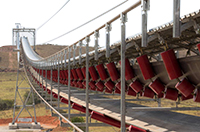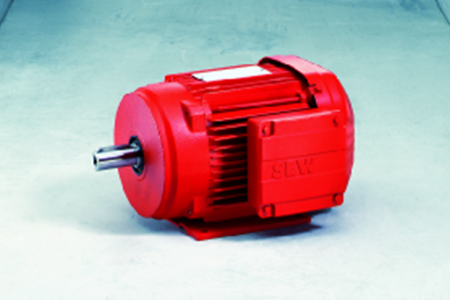In short, a frequency converter is a power conversion device. The inverter converts the basic fixed frequency and fixed voltage sine wave power (line power) into a variable frequency and variable voltage output for controlling the speed of the induction motor.
The two main types of frequency converters are rotary and strong states. The strong state inverter works electronically, while the rotary inverter works electromechanically. These gadgets are evaluated through information and yield control, just like recurrences, and can be used to handle the ability to instantly measure amazingly high power currents. They are often used in conjunction with transformers to provide different yield voltages, just like repetitive changes. Rolling mill recursive converter operation utilizes the accumulation of semiconductors and diodes to perform appropriate recursive changes. The standard applications for these gadgets are in gearboxes that require variable-speed air-conditioning engines, and frames that require different circulating air-conditioning currents that are greater than those provided by accessible signal sources.
The frequency converter is designed to modify the current of one frequency to a new frequency. For example, a typical frequency converter may provide 50 Hz output current from an incoming AC current of 60 Hz. The application of such equipment is mainly to provide a proper power standard for the machine, because the AC current of the wrong frequency can cause short circuit and system failure of some equipment. Frequency converters are also used in AC motors to control speed and torque. By changing the frequency of the current sent to the AC motor, they can change the motor's output without using a worm gear or other gear reducer.
Basic frequency converters do not change voltage or number of stages, although some gadgets may take advantage of these capabilities. However, such activities are not within the scope of frequency changes, which manage close and effective frequencies. The standard cycle inverter can switch the air-conditioning flow in the range of 50 Hz to 60 Hz, 60 Hz to 50 Hz or from 50 or 60 Hz to 400 Hz, and it is planned to have one or three stages.








